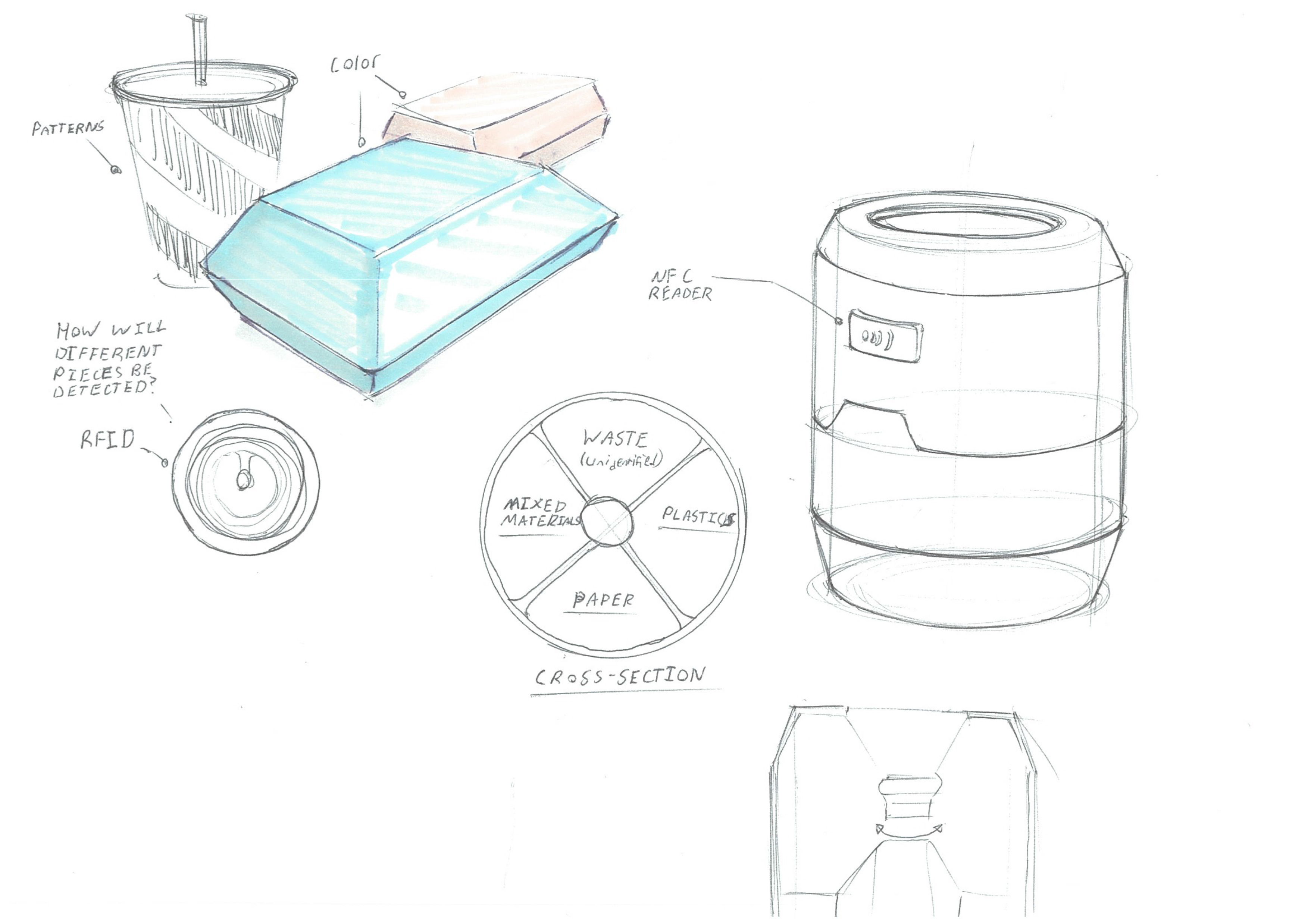









Through our research we found that the monetary bottle recycling incentive had caused Scavengers to dig through any trash receptacles available and collect bottles, taking them to the recycling facilities. Since this was the only place they could receive their monetary rewards, it ensured that the bottles, even if missorted, would be disposed of properly.
We understood we were trying to develop a habit-forming solution, so we conducted secondary research about the topic. We found the concept of The Elements of Simplicity, defined by behavioral scientist BJ Fogg. Fogg described these elements as areas to find deficits in to identify major user pain points.
Through secondary research we discovered the concept of opportunity cost. In an article from 2017, Choi and Koo from Seoul National University created the concept of opportunity cost: the quantification of negative factors considered an inconvenience. We used this in our own research to understand what prevented people to take the time to sort their trash.











In order for this system to work, the restaurant chain would need to ensure that their packaging was reduced to a set number of materials, and limit each piece to a single material.
The restaurant chain would need to make considerations on how this system would impact cost. If there were incentives being offered relating to how packaging was recycled, the cost of the incentives may need to be compensated for in the price.


